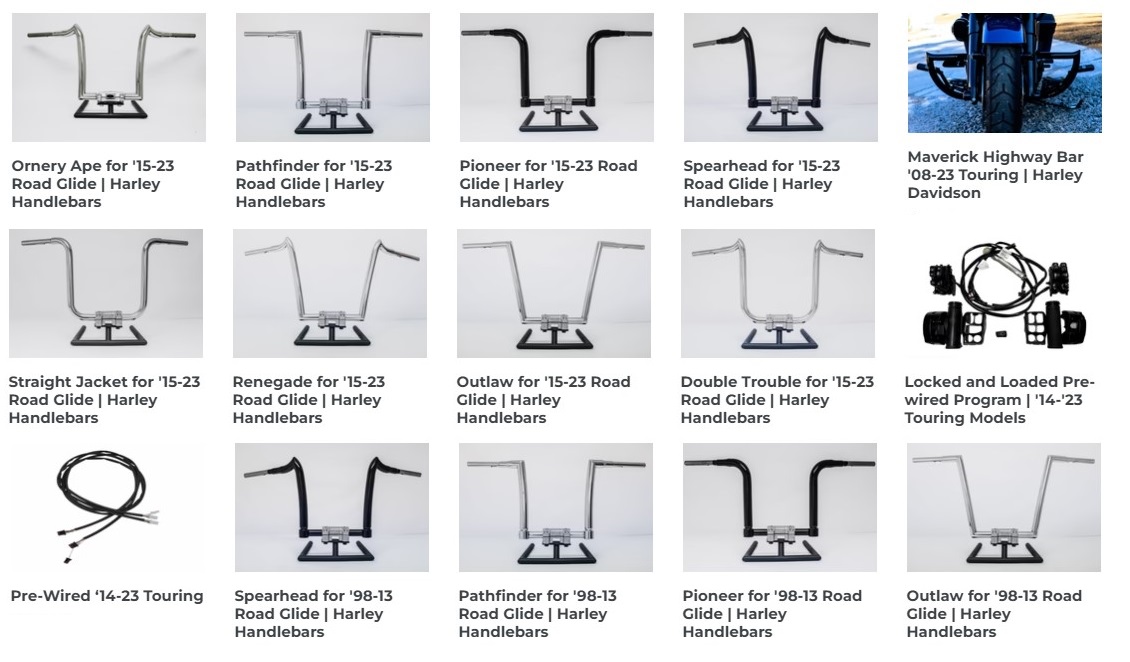The Ultimate Guide To Motorcycle Boots
The Ultimate Guide To Motorcycle Boots
Blog Article
About Motorcycle Boots
Table of ContentsExcitement About Motorcycle BootsThe Buzz on Motorcycle BootsMotorcycle Boots - The Facts3 Easy Facts About Motorcycle Boots ShownMotorcycle Boots - TruthsMotorcycle Boots Fundamentals Explained
The key components of contemporary motorcycles are presented below.; this has been used all with motorcycle background yet is now becoming extra usual.It was extensively unpopular and usually pertained to as a poor concept at the time. It has actually because obtained some cachet in the modern-day custom-made bike globe too due to the fact that of the area cost savings it can pay for and the reference to an earlier period.
Any storage container for gas may be so called, the term is normally used to part of an engine system in which the gas is stored and driven (gas pump) or launched (pressurized gas) right into an engine. A motorcycle fork is the part of a motorcycle that holds the front wheel and permits one to steer.
Some Known Factual Statements About Motorcycle Boots
The 'fork' on a motorcycle is composed of several parts. The triple trees (likewise recognized as yokes) hold the fork tubes (which contain the fork springs), and are secured to the neck of the framework by the guiding stem.

, which calls for both lubrication and adjustment for elongation (stretch) that takes place through wear. The lubricating substance is subject to being tossed off the fast-moving chain and results in crud and dirt accumulation. Chains do wear away, and too much wear on the front and back gears can be unsafe.
Conventional roller chain-drives endure the potential for resonance, as the efficient radius of action in a chain and sprocket mix regularly changes throughout the transformation ("chordal action"). If a drive gear rotates at constant RPM, then the chain (and the driven gear) should accelerate and slow down constantly. A lot of chain-driven motorcycles are fitted with a rubber bushed rear wheel center to eliminate this resonance concern.
These chain oilers differ in sophistication, but all add substantially to the life of the chain. The personalized of lubing by submersing the chain in a tin of hot grease discontinued in the early 1970s, as soon as most chains had rubber "O'-rings.
The Definitive Guide to Motorcycle Boots
A toothed belt is regularly made use of. Nevertheless, they are not as long lasting when subjected to high horse power as a chain. You can not alter the size and change last drive ratios as quickly as chains. They also can not cover as closely around chains. And need go to this site bigger sheaves contrasted to chain sprockets to get a reliable final drive proportion.
Inside the bell housing a bevel equipment on the shaft friends with one more on the wheel mount. This plan is superior in terms of sound and sanitation and is basically maintenance-free, with the exemption of occasional fluid changes.
However, the added equipment collections are a resource of power loss and added weight. A shaft-equipped bike might likewise be prone to shaft effect. Basically all high-performance racing bikes utilize chain-drive because they are the most mechanically reliable transmitting power to the back wheel. A wire wheel and pneumatically-driven motorbike tire on a Ural The wheel edges are usually steel or aluminum (generally with steel spokes and an aluminum center) or mag-type cast or machined light weight aluminum.

The Basic Principles Of Motorcycle Boots
One of the most important characteristic of any kind of tire is the get in touch with patch, the little area that is in contact with the road surface area while riding. There are tires made for motorcycle, touring, sporting activity and cruiser bikes. Motorcycle tires have knobbly, deep footsteps for More Info maximum grip on loose dirt, mud, or gravel; such tires have a tendency to be much less stable and noisier on paved surface areas.
Touring tires are generally made of a more challenging rubber substance for greater toughness, these may last much longer but have a tendency to supply less outright hold compared to sporting activities tires at ideal operating temperature levels. Visiting tires generally use a lot more grip at lower temperatures and can visit site be much more fit to riding in chilly or winter problems where a sporting activity tire might never reach its ideal operating temperature level.
These tend to have stronger sidewalls as they are usually fitted to much heavier equipments. Motorsport or competing tires provide the greatest of degrees of hold. As a result of the heats at which these tires typically run, use outside a racing atmosphere is risky, normally these tires do not reach their maximum temperature which offers less than optimal hold.
Motorcycle Boots for Beginners

This can result in brake dive. Brakes can either be drum or disc based, with disc brakes being more common on big, modern or more expensive motorcycles for their much superior quiting power, specifically in wet problems. There are many brake-performance-enhancing aftermarket parts offered for a lot of motorbikes, consisting of brake pads of differing compounds and steel-braided brake lines.
Report this page